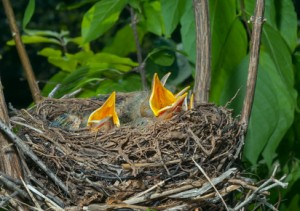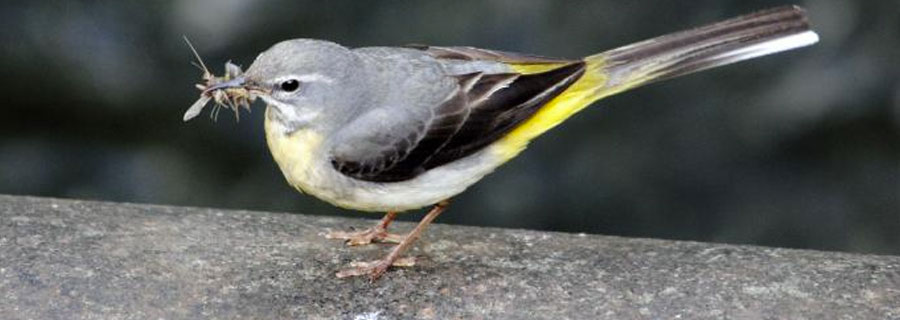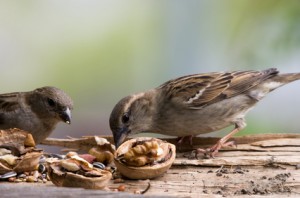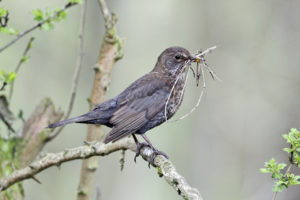How we Approach Tree Works During the Bird Nesting Season
Between February and August we have the bird nesting season in the UK. These are the official dates, although in reality birds can be found nesting outside of these times and it does vary according to the species of bird.
As tree workers we have a duty to avoid disturbing nesting birds and we must abide by the Wildlife and Countryside Act 1981 as well as the European Habitats Directive 1992/Nesting Birds Directive.


Tree Workers Must be Compliant

It is important when hiring tree workers that you ensure they are fully aware of and compliant with these directives. Some species of birds in the UK are becoming increasingly rare and therefore must be afforded protection. And also of importance is that the people you hire are professional enough to know how to comply. If they are not, then you should think twice about whether they have the right credentials for the job you are hiring them to carry out.
When we are engaged to undertake tree works during the nesting season, we are required to carry out a pre-works survey. Only a suitably competent person can be responsible for this survey. We must always assume that birds will be nesting in trees, and it is our duty to assess, record and verify that any tree management works we carry out will not disturb any actively nesting birds.
A Bird in the Bush
Often we are also asked to deal with vegetation at ground level, such as hedges and bushes, and it is essential that we apply the same approach as birds will often be found nesting in these locations. Unfortunately, some tree workers overlook this fact. But here at T.H. Tree Services, we’re on the ball when it comes to all jobs.
It is not just actual tree management that we have to take care with; we also have to approach with caution when accessing areas where we are working. Sometimes vegetation en route to the tree we are to work on can be prone to disturbance, so we always make sure we take great care.
Checks Must be Thorough
The same goes for neighbouring trees. For example, you could carry out a crown lift or pollarding on a tree deemed clear, only to find that the tree next to it was home to nesting birds who were relying on shade and shelter from the neighbouring tree, thus exposing them to risk from predators and the elements. This would also be classed as a breach of the directives.
We therefore ask clients to be understanding of our position, as we are open to prosecution should we infringe the rules. Generally we find that clients are happy to wait until the nesting season is over for the work to be completed.
Exceptions to the Rules
There are however some exceptions where health and safety is concerned, as you can imagine if a tree is posing a hazard then action would have to be taken. In these cases then an authorised person – someone with written consent or the owner or occupier of the property – is allowed to prune or fell a tree providing it is in the name of health and safety. If a protected species of bird is nesting in such a tree however, then a licence from DEFRA has to be acquired.
You may think that certain birds don’t count when it comes to these rules. For example, people often believe that pigeons, crows and magpies are not included. However, this is not the case as all wild birds are protected under the Wildlife and Countryside Act 1981 whilst they are actively nesting or roosting.
Thank you for Your Patience
At T.H. Tree Services, we are fully up to date with the latest legislation concerning nesting birds and are totally aware of the parameters of compliance. Before we commence any tree work during the bird nesting season, we will always make thorough checks for nesting birds, and we ask our clients to bear with us whilst we do so.
Had a fallen tree in the early hours of Monday morning, called for quote and the team had it cleared on the same day. Really good communication when the lads were onsite and did a great job. Lots of pride in their work shown with the thorough clear up. Would thoroughly recommend.
Thank you Stuart for your kind review. We were glad to be able to help you with your fallen tree. If there's anything else you need in the future, please don't hesitate to get in touch.









